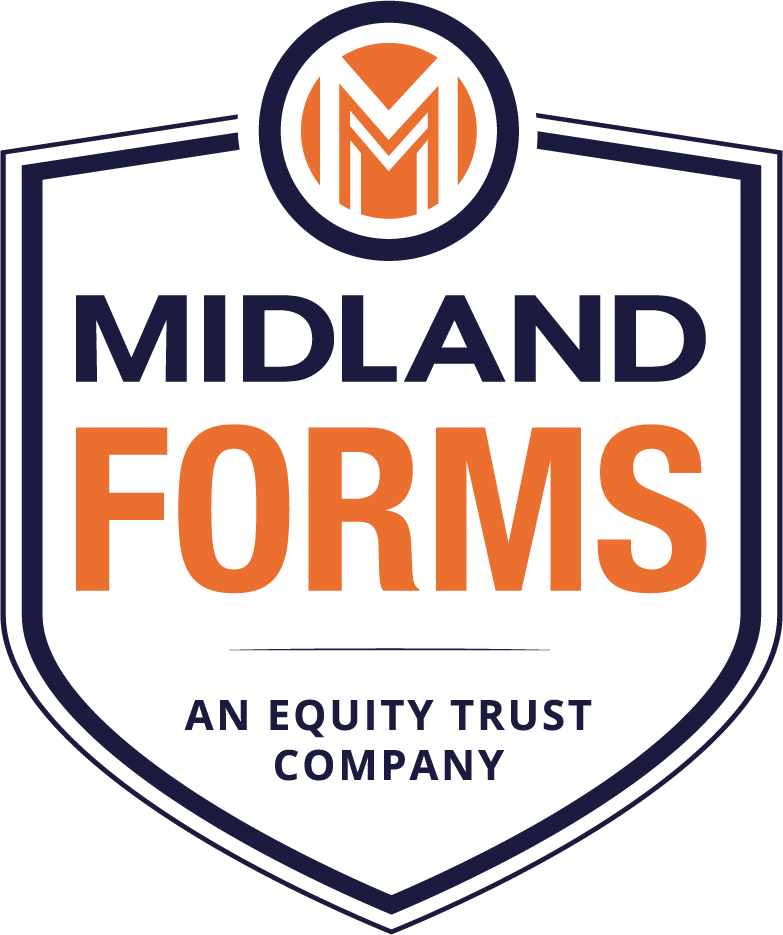Can I Take a Salary Out of a Multi-Member LLC?
There are a few items to consider when determining how to get paid from your LLC. The short answer is yes, you can take a salary or get paid from a multi-member LLC. This can be done through the owner’s draw or reasonable compensation.
One of the benefits of an LLC is that it is considered a “pass-through” entity which means the business entity does not pay taxes, but instead they are passed through to your personal income.
The exception to this rule is if the LLC elects to be taxes as a corporation. The business would then pay taxes directly to the IRS which means members can be employees and take salaries.
It is always recommended that you speak to a tax professional to discuss the options members have to get paid or receive salaries.
What is the Draw Method?
Members can also be paid by the owner’s draw method which means each member can draw the number of shares in line with their operating agreement requirements while keeping enough funds for the day-to-day business operations and expenses.
What is the Reasonable Compensation Method?
Another method in which owners can draw a salary is by using the Reasonable Compensation method. Reasonable compensation can be used to determine a salary if the LLC is treated as a C-Corp or an S-Corp. It is different from the above as they are not allowed to take the owner’s draw. In this case, members will be considered employees and will have to pay themselves a set salary on the business’s payroll with taxes withheld.
